Using Social Media to Find Your First Customers

Why Social Media Is Key for Finding Your First Customers
When you’re launching a new business, one of the biggest challenges is getting your brand in front of the right people. Social media platforms provide a unique opportunity to connect directly with your potential customers where they already spend a significant amount of their time.
Unlike traditional marketing channels, social media offers immediate access to a vast, diverse audience without the need for a huge upfront investment. Whether you’re a small startup or a solo entrepreneur, platforms like Facebook, Instagram, Twitter, and LinkedIn let you build awareness organically and through paid options tailored to your budget.
Another crucial advantage is the ability to engage in two-way conversations. Rather than broadcasting messages to a passive audience, social media allows you to listen, respond, and build relationships with potential customers. This direct interaction fosters trust and credibility, which are essential when you’re trying to convert early followers into paying clients.
Additionally, social media platforms provide powerful data insights and targeting tools that help you reach people based on their interests, behaviors, and demographics. This means you can focus your efforts on those most likely to be interested in your product or service, maximizing your marketing efficiency from the very start.
Lastly, social media helps you create and showcase social proof. Early customer reviews, testimonials, and user-generated content shared on your profiles can greatly influence others who are considering your offer, making social media a vital channel for building credibility during your initial growth phase.
Building a Strong Profile That Attracts Attention
Your social media profile is often the first impression potential customers have of your business. It needs to clearly communicate who you are, what you offer, and why people should care — all within seconds.
Start by choosing a professional profile picture that reflects your brand. For most businesses, this means using a clear logo or a high-quality photo of the founder or team members. This image should be consistent across all platforms to build brand recognition.
Next, focus on crafting your bio or about section. This is your chance to succinctly describe your value proposition. Use simple, compelling language to explain what problem your product or service solves and who it’s for. Including relevant keywords here can also help your profile appear in searches.
Don’t forget to add a link to your website or landing page. Since social media platforms limit where you can place clickable links, make this one count. Use a link-shortening or link-in-bio tool if you need to showcase multiple links without cluttering your profile.
Consistency in your visual branding matters. Use your brand colors, fonts, and style in cover photos, highlights, and pinned posts to create a cohesive look. This visual identity helps users immediately recognize your content in their feed.
Finally, make use of platform-specific features to enhance your profile’s appeal. For example, on Instagram, create Story Highlights to showcase important content like testimonials, product demos, or FAQs. On LinkedIn, regularly update your professional headline and featured posts to reflect your latest achievements and offerings.
Creating Content That Engages and Converts
Creating content that both captures attention and drives action is essential to turning social media followers into customers. The key lies in understanding your audience’s needs and delivering value in a way that resonates with them.
Start by developing a content strategy that balances informative, entertaining, and promotional posts. Educational content, such as how-to guides, tips, or industry insights, positions you as an expert and builds trust. Meanwhile, entertaining posts like stories, behind-the-scenes glimpses, or lighthearted content humanize your brand and encourage engagement.
When you move into promotional content, make sure it focuses on the benefits and solutions your product or service offers rather than just features. Use clear, compelling calls to action (CTAs) that tell your audience exactly what you want them to do next — whether it’s visiting your website, signing up for a newsletter, or making a purchase.
Visual content is especially powerful. Platforms like Instagram and Facebook prioritize images and videos that catch the eye quickly. Invest time in creating high-quality photos, graphics, or short videos that convey your message effectively. Use captions to add context and encourage interaction through questions or invitations to comment.
Remember to post consistently but prioritize quality over quantity. Posting too often without valuable content can overwhelm or annoy your audience. Instead, focus on delivering posts that spark conversations, encourage sharing, and ultimately build a loyal community.
Finally, leverage user-generated content whenever possible. Sharing testimonials, reviews, or photos from real customers not only provides social proof but also fosters a sense of community around your brand, making new visitors more likely to convert.
How to Use Social Media Advertising to Boost Your Reach
Social media advertising is one of the most effective ways to amplify your message and find your first customers quickly. Unlike organic posts, paid ads allow you to target specific audiences with precision and control your budget from the start.
Begin by defining clear objectives for your ad campaigns. Are you aiming to increase brand awareness, drive traffic to your website, collect leads, or make direct sales? Each goal requires a different ad format and strategy, so clarity here will save time and money.
Next, utilize the advanced targeting options that platforms like Facebook Ads Manager or LinkedIn Campaign Manager provide. You can target people based on demographics (age, gender, location), interests, behaviors, and even lookalike audiences — people similar to your existing customers. This ensures your ads reach the most relevant potential buyers.
Crafting the ad creative is critical. Your visuals and copy must be compelling and aligned with your brand voice. Use strong, action-oriented language and a clear call to action (CTA), such as "Shop Now," "Sign Up Today," or "Learn More." Videos and carousel ads often perform well because they allow you to showcase multiple products or features in a dynamic way.
Set a realistic budget based on your goals and platform recommendations. Start small to test different creatives, audiences, and placements, then scale the ads that perform best. Use the built-in analytics tools to monitor key metrics like click-through rates (CTR), cost per click (CPC), and conversion rates.
Finally, don’t overlook the importance of retargeting campaigns. These ads target users who have already interacted with your brand, such as visiting your website or engaging with your social media profiles, increasing the chances they convert into customers.
Ready to showcase your project?
Join thousands of developers and entrepreneurs who have already listed their websites in our directory. Get discovered by potential users and grow your audience.
Free to list • Instant approval • No hidden fees
Frequently Asked Questions
Why is social media important for finding your first customers?
What should you focus on when building a social media profile?
How can social media advertising help your business?
Related articles

How to Optimize Your Project Pages for Faster Google Indexing
Boost your project pages’ visibility by speeding up Google indexing. Learn actionable strategies from URL optimization to structured data, internal linking, and content tips for faster search engine recognition.
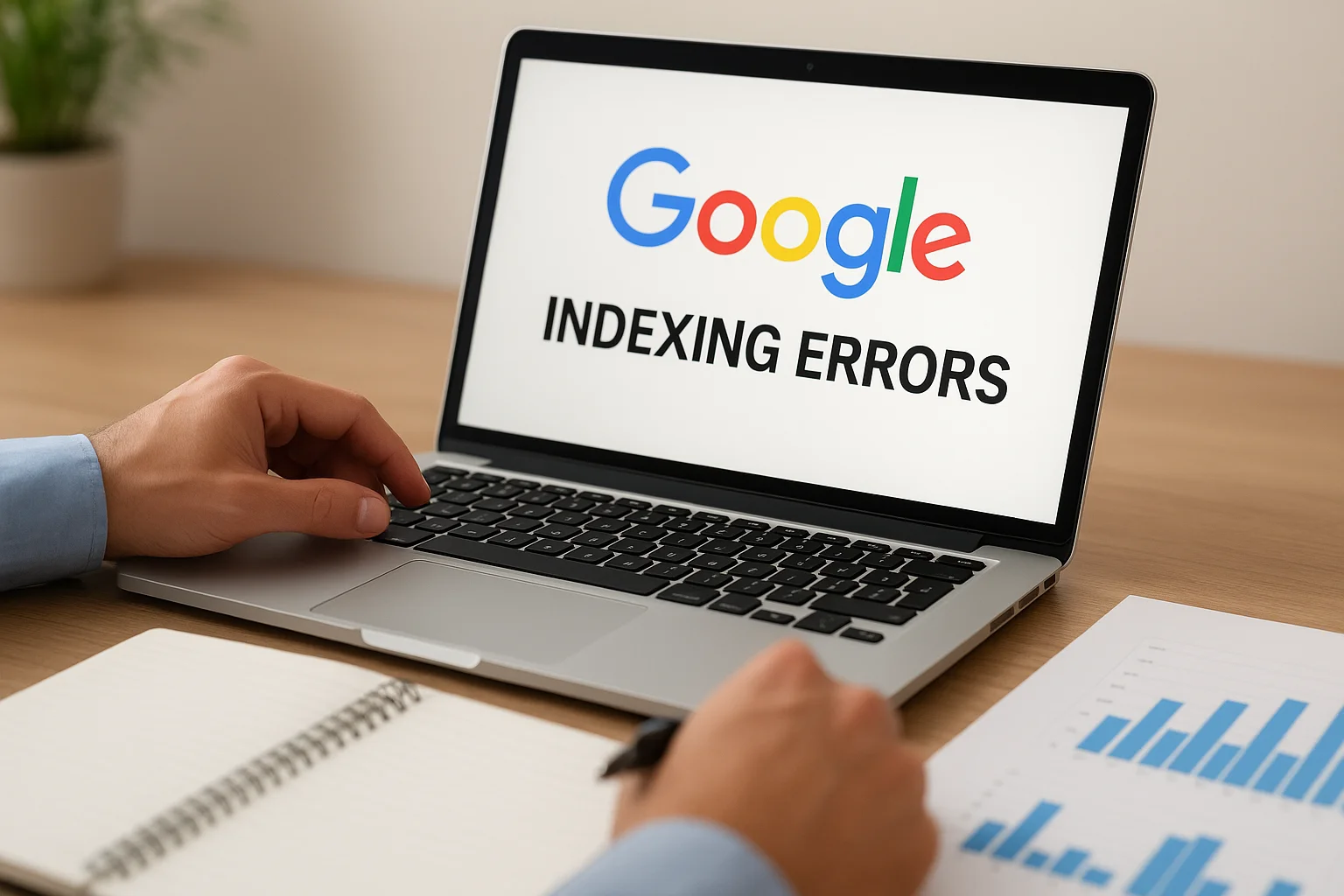
Quick Fixes for Google Indexing Errors
Struggling with Google indexing errors? This guide explores quick and practical fixes to help your pages appear in search results faster. Learn how to resolve common issues like “Crawled – Not Indexed,” blocked URLs, and duplicate content while ensuring your site remains fully optimized for long-term SEO success.

SEO Trends to Watch in 2025 for Startups
Discover the key SEO trends shaping 2025 and learn how startups can adapt to stay competitive. From AI-powered search and voice optimization to EEAT and zero-click results, this guide explores practical strategies to boost online visibility and long-term growth.

The Impact of Core Web Vitals on Rankings and Conversions
Core Web Vitals are key performance metrics that Google uses to measure user experience. They influence not only search engine rankings but also how visitors interact with your website. A fast, stable, and responsive site improves visibility, boosts engagement, and increases conversions. Understanding and optimizing these metrics is essential for businesses looking to grow online.
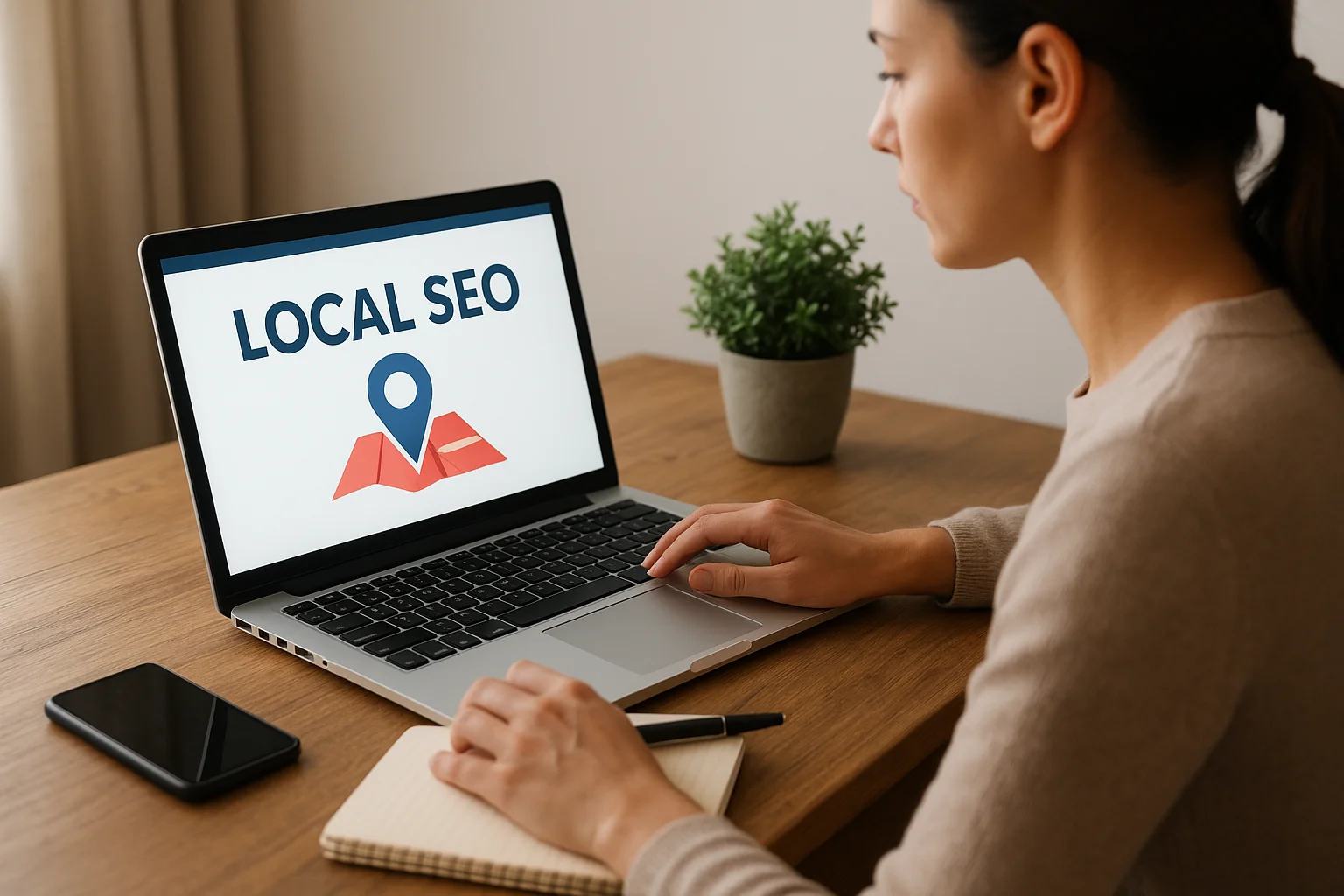
Local SEO for Small Projects: A Practical Guide
Local SEO is essential for small projects aiming to attract nearby customers. This guide covers practical strategies—from Google Business optimization and keyword research to managing reviews and local links—to help your business get noticed locally and grow effectively.

SEO Myths That Are Holding Back Your Project
Many businesses waste time on outdated SEO advice. From overvaluing keywords to chasing low-quality links, myths can stall your growth. This post debunks common SEO misconceptions and shows what strategies truly drive results.
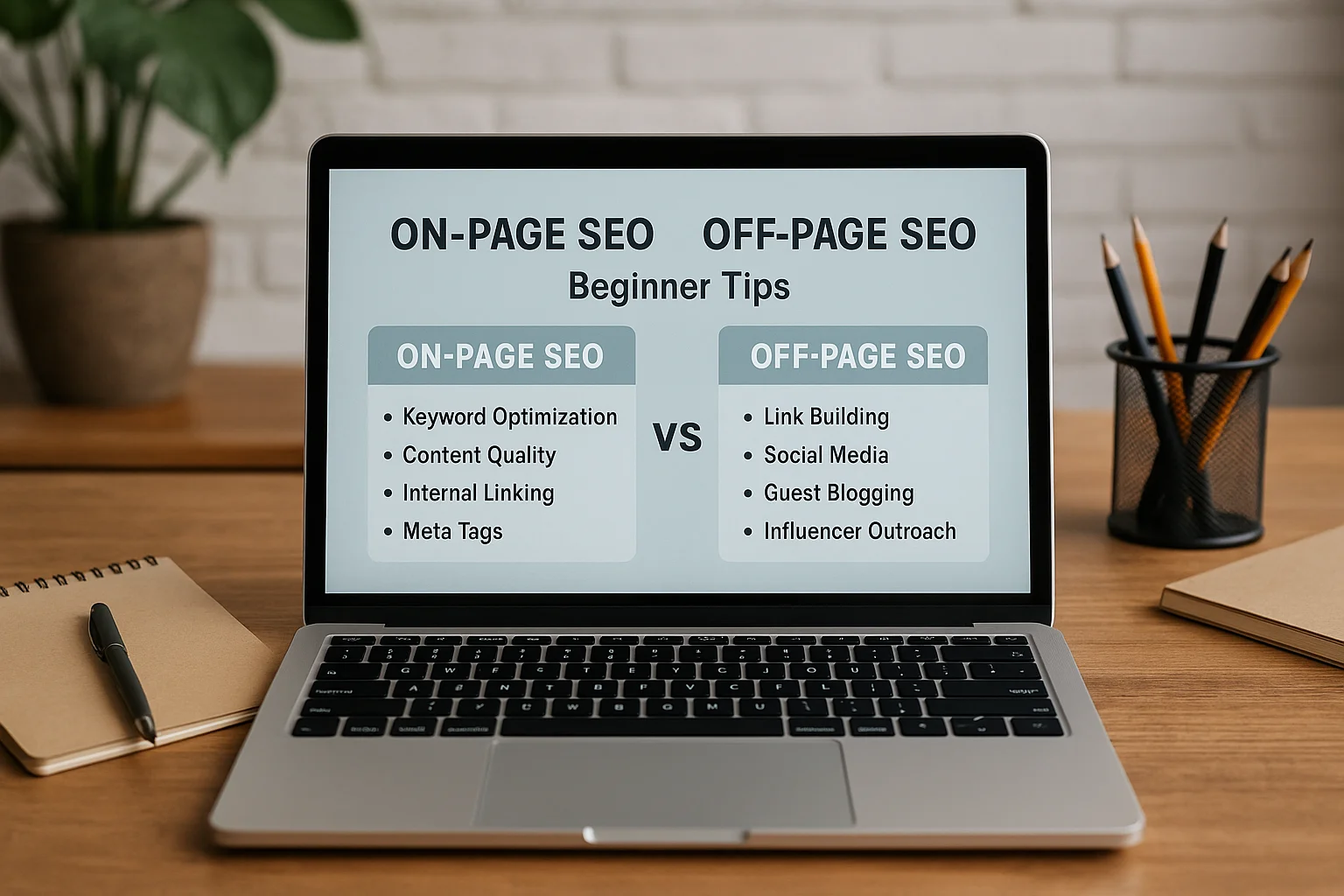
On-Page vs Off-Page SEO: A Beginner’s Guide
SEO can be confusing for beginners, but understanding the difference between On-Page and Off-Page SEO is essential. On-Page SEO focuses on optimizing your website’s content and structure, while Off-Page SEO builds authority through backlinks and online presence. This guide breaks down the basics to help you start improving your site’s search rankings today.
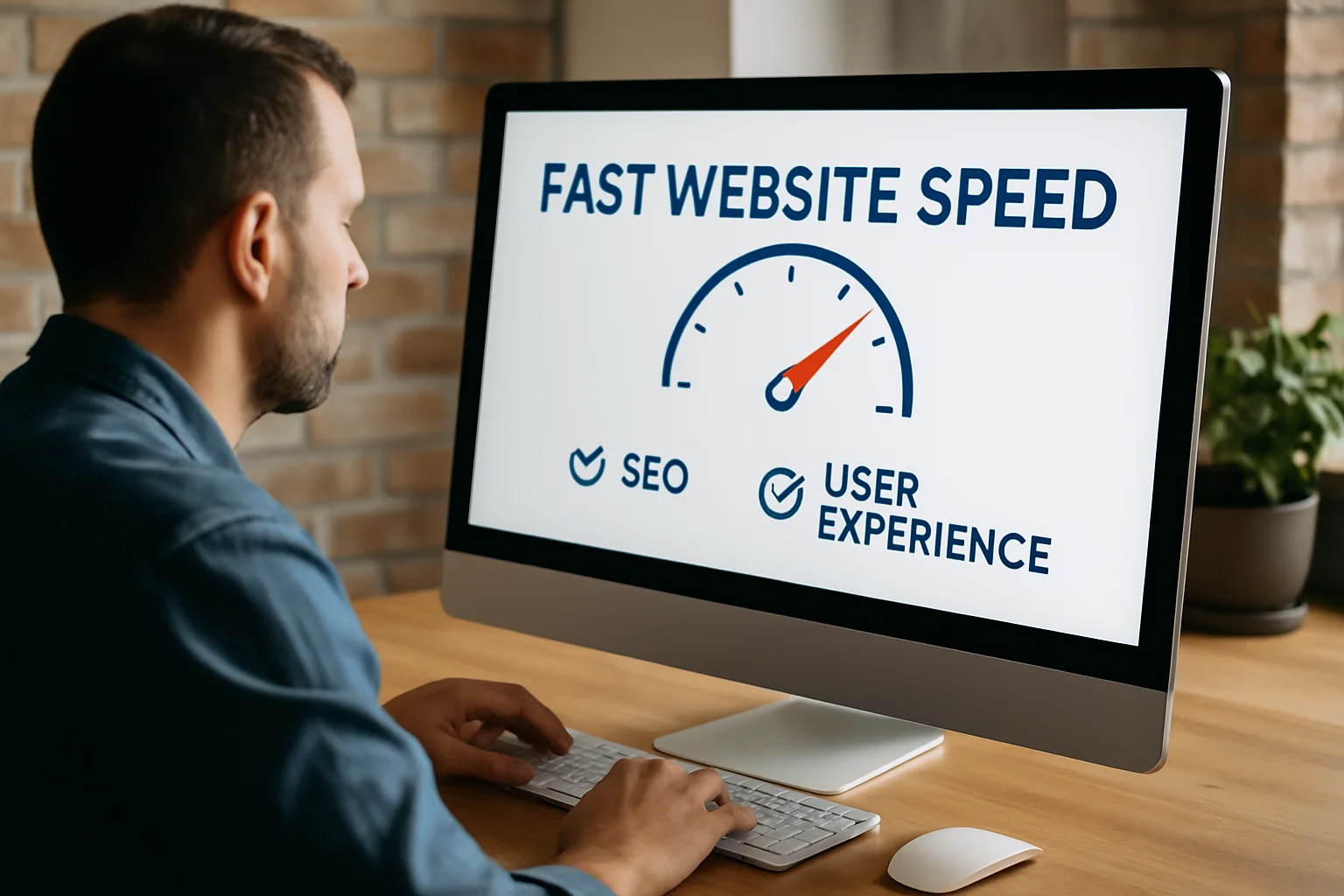
The Importance of Site Speed for SEO and User Experience
Site speed is a critical factor for both search engine rankings and user experience. Slow-loading pages frustrate visitors, increase bounce rates, and hurt conversions. This article explores why speed matters, how it affects SEO, and practical tips to make your website faster.
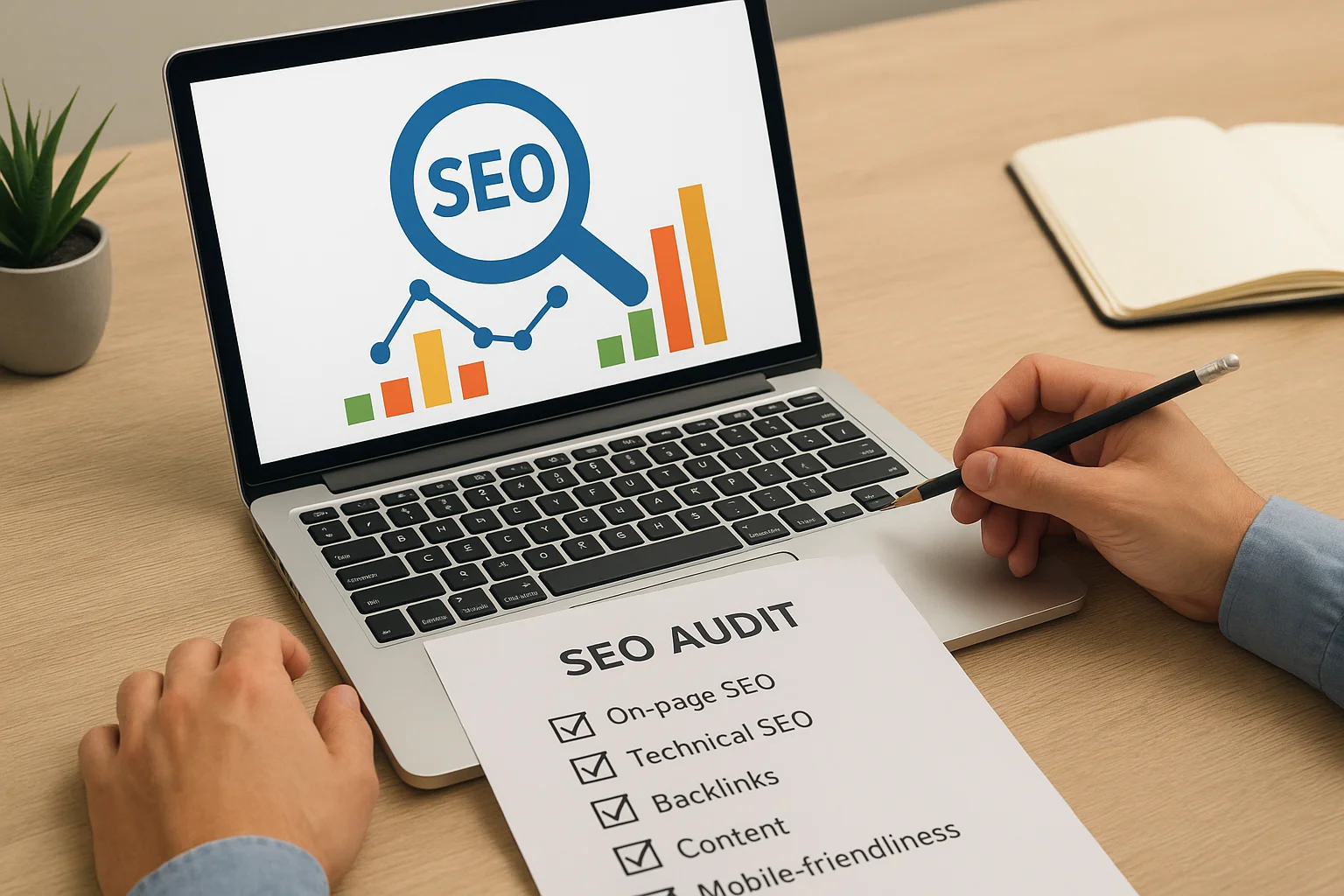
How to Perform a Simple SEO Audit for Your Website
Conducting an SEO audit doesn’t need to be complex. With a few simple steps, you can evaluate your site’s performance, uncover technical issues, optimize on-page elements, and strengthen your SEO strategy. This guide will walk you through the essential checks to ensure your website is both search engine and user-friendly.